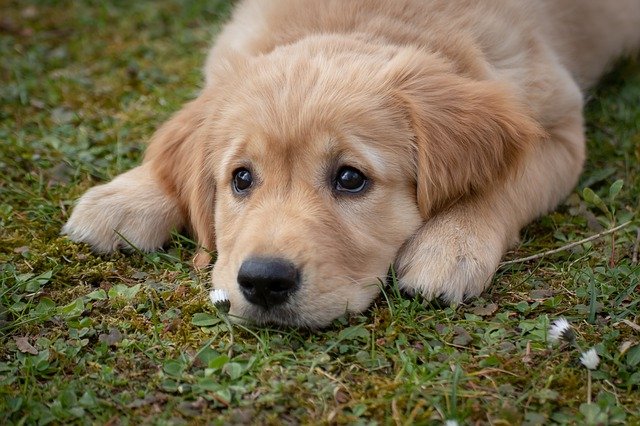
Among the plethora of commands, tricks and behaviors your dog will learn in life, learning to bite softly is that the most vital . This can’t be emphasized enough. It can literally make the difference between life and death. “ Pet deaths caused by infectious, neoplastic and metabolic disease don’t touch the amount of pets killed due to behavior problems,” claims Certified Applied Animal Behaviorist (CAAB) and Diplomat of the American College of Veterinary Behaviorists (DACVB) Karen Overall. And when it involves serious behavioral problems in dogs, biting will have a primary role within the dog’s assessment and prognosis. Does the dog have a bite history?
And if so, under what level of bite does this dog’s biting categorize? Most dog trainers and behavior consultants believe some kind of bite scale that determines the severity of the bite. i prefer Ian Dunbar’s bite scale. If we glance at this scale, we’ll notice that the severity of the bite ranges from level 1 to level 6. Fortunately, consistent with this scale, over 99 percent of dog bites fall into the category of level 1 and level 2. But things get quite iffy and quite dangerous when handling bites past level 3, and quite cirtical at level 4. Dogs who bite at level 5 and 6 are at great risk for being put to sleep. So what are often done to stop such distressing outcomes? For an honest part, problems are often prevented by teaching dogs good bite inhibition from early puppyhood. All puppies are born with teeth – yes, they’re sharp, yes, they will hurt, but you’ll teach your puppy to measure his bite in order that when he grows, should he ever bite, he will do so during a way that doesn’t cause major harm.
Understanding Bite Inhibition in Puppies
What exactly is bite inhibition? Bite inhibition is that the dog’s ability to measure the pressure of his jaw when biting. You may be surprised to find out that the primary bite inhibition lessons start quite early, when the puppy remains within the litter together with his litter mates and mom. Between the ages of 5 and eight weeks, puppies are learning important social skills and among these is bite inhibition. To allow these important life lessons to seep in, it’s vital to not remove puppies from the litter before they’re 8 weeks. Often, when people call me about rowdy puppies that bite too hard, I determine that the pup was faraway from the litter too early and did not learn this important skill. How Puppies Learn Bite Inhibition within the Litter Puppies feedingSo what happens exactly within the litter during this time? If you watch the pups play, you’ll notice a pup bite too hard, causing the victim puppy to squeal and provides a timeout, suddenly withdrawing from play. It’s almost as if the puppy was saying “I won’t play with you anymore, you’re too rough for my taste.” For learning theory junkies, this method is predicated on negative punishment; basically removing something the dog likes (negative) to prevent a behavior (punishment). Withdrawal after withdrawal, the pup learns that so as to play, he must play more gently. These rules are further enforced by mother dog; just watch what happens when a pup bites too hard when he’s nursing! She’ll likely rise up and leave, which is how puppies are weaned, but this is often a special story How to Continue Training Bite Inhibition Once your puppy is in your home at 8 weeks, you want to take over the task and still train bite inhibition. An important note: You don’t want to forbid your puppy from biting altogether. Doing so are often quite dangerous because the puppy will never find out how to measure the pressure of his jaw. This means, the day he will bite, whether because frightened or provoked, the bite are going to be painful and should potentially end in an injury. To help your puppy generalize the behavior he learned within the litter and apply it reception with you, continue doing what his litter mates did. Only, during this case, because human skin is extra sensitive, your puppy will got to find out how to further refine his biting. So let’s say your puppy is twiddling with you then suddenly you are feeling his teeth put pressure on your skin hurting you, mimic the squeal the pups did within the litter by vocalizing your pain with the human equivalent of a yelp. You can say “ouch!” or “awwww!” or anything that sends the message you bought hurt. Then withdraw from play, giving an equivalent timeout the pups did. Your puppy should stop in his tracks at now . If your puppy doesn’t stop, give him another reminder, next time you are feeling his teeth again, vocalize your pain again, stop playing and this point leave the space . Your puppy will soon realize that biting hard makes him lose his favorite playmate. Repeat, repeat, repeat. Puppies need consistency.
